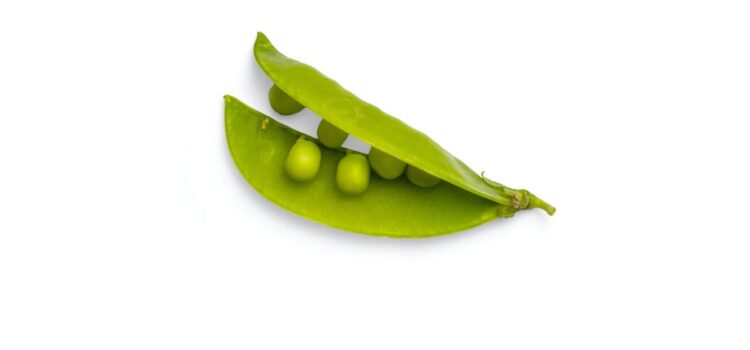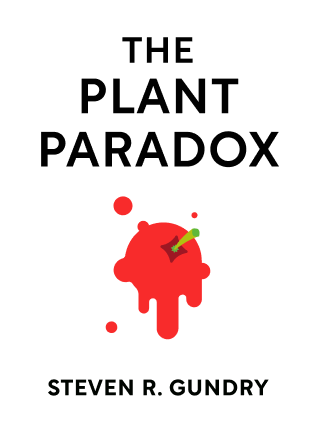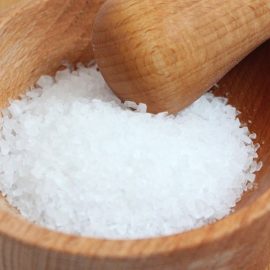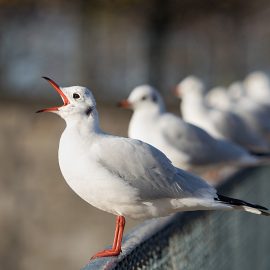

This article is an excerpt from the Shortform summary of "The Plant Paradox" by Steven R. Gundry. Shortform has the world's best summaries of books you should be reading.
Like this article? Sign up for a free trial here .
Have you completed the Plant Paradox three-day cleanse? Are you ready for Plant Paradox Phase 2?
Plant Paradox Phase 2 is a six-week program intended to build new eating habits. After this Plant Paradox Phase 2, you can reintroduce some lectins.
Learn what happens in Plant Paradox Phase 2 and how you can change your lifestyle with it.
Plant Paradox Phase 2 Expectations
Whether or not you’ve kickstarted your internal clean-up with the three-day cleanse in Phase 1, it’s time to jump in to the full-fledged PPP.
Expect the first two weeks to be tough as you change your habits and potentially even experience some withdrawal symptoms from the foods you’ve eliminated; you may have low energy, muscle cramps, headaches, and irritability. But by the end of two weeks, you’ll start to see results.
After six weeks, you’ll have cemented your new eating habits. It will take a minimum of six weeks to also make significant progress on repairing your gut; after this point, you can reintroduce certain lectin-containing foods.
You can stay in Phase 2 of the PPP for as long as you want—even indefinitely—but many people are able to graduate to Phase 3 after about six weeks. You’re ready for Phase 3 if:
- You reach a healthy/natural weight
- Your physical pains improve or disappear
- Your brain fog disappears
- Your autoimmune or gut issues alleviate
- Your skin is clear
- Your energy level is high
- Your sleep is restful
- Your bowel movements are regular
Non-Food Enhancers
Start each meal with a fish oil capsule, or use flavored cod liver oil to toss your salads or vegetables. If taking a fish oil supplement, choose one with a large amount of DHA; aim to take 100 mg of DHA each day. This protects your intestinal lining and also benefits brain health.
Help fortify your good microbes and ward off the bad ones with:
- Microbe-nourishing probiotics (e.g. BC30, saccharomyces boulardii, and L. reuteri)
- Stomach mucus enhancers (e.g. marshmallow root, slippery elm, and DGL)
- Stomach acid enhancers (e.g. betaine and grapefruit seed extract)
- Intestinal wall-repairing supplements (e.g. L-glutamine, fish oil, vitamin D, and grape seed extract)
- White blood cell-activating supplements (e.g. diindolylmethane (DIM) and indole-3-carbinol)
Foods to Enjoy in Plant Paradox Phase 2
You need to eat a lot of the following types of foods.
- Vegetables: Eat lots of leafy greens (e.g. spinach, lettuce, mesclun, and mustard greens), cruciferous vegetables (e.g. cabbage, cauliflower, broccoli, kale, Brussels sprouts, and bok choy), and other vegetables like carrots, raw beets, and asparagus.
- Resistant Starches: Go heavy on the resistant starches, which nourish your good microbes and help digestion and nutrient absorption. These include plantains, parsnips, jicama, and turnips.
- Fructooligosaccharides (FOS): Eat plenty of FOS, which is a sugar that’s indigestible for you but nourishes your good microbes. FOS helps microbes stimulate the production of mucus near your intestinal wall, which protects against lectins and LPSs breaking through. You’ll get FOS from okra, artichokes, onions, garlic, mushrooms, and figs.
- Nuts: Nuts contain polyphenols, which feed your good microbes. These are in walnuts, pecans, macadamias, and pistachios.
These foods are a little more limited, but they’re not off limits in Plant Paradox Phase 2 if you pick wisely.
- Grain-Free Flour: When using flour, avoid those that are derived from grains because of the lectin content. Instead, use coconut, almond, chestnut, or cassava flour.
- Dairy Without Casein A-1: You can have dairy products that don’t have casein A-1, including goat and sheep yogurt, coconut yogurt, goat cheese, buffalo mozzarella from Italy, and French or Italian cheese and butter.
- Fish, Shellfish, and Meat: Make sure wild fish and shellfish are a major part of your protein intake, including Alaskan halibut and salmon, canned tuna, shrimp, scallops, and crab. You can also have pasture-raised poultry (e.g. chicken, duck, and turkey) and grass-fed and grass-finished meat (e.g. bison, beef, and lamb).
- Resistant-Starch Fruits: You can have one avocado a day because it has good fats, and enjoy unripe papayas, unripe mangoes, and unripe bananas because these are resistant starches. Other fruits must be limited, including berries, cherries, apples, peaches, plums, and citrus (not juice).
- LPS-Blocking Oils: Use oils that actually block LPSs from breaking through your intestinal barrier, including perilla oil, walnut oil, and ghee (clarified butter).
Maybe Next Phase Foods
The off-limits items—the Just Say “No” List—were foreign to the human diet until the Agricultural Revolution about 10,000 years ago; that’s not enough time for humans to develop resistance to the lectins contained in these foods.
After Plant Paradox Phase 2, you can reintroduce some lectin foods. But for now, you have to avoid these.
- Whole grains: Contrary to popular health-food knowledge, white bread, white rice, and other white starches are actually better for you than their brown, whole-grain counterparts because the bran in the whole grains contains lectins. But for this phase, both brown rice and white rice—as well as oats, popcorn, rye, bulgur, and corn—are off-limits.
- Quinoa: This pseudo-grain—although widely considered a health food and popular gluten-free alternative—contains lectins, so they’re off-limits unless you pressure cook them, which removes the lectins, so that is an option.
- Beans: Beans, peas, soybeans, lentils, and other legumes have some of the highest levels—and most dangerous forms—of lectins. For example, the lectin in castor beans is ricin, the most potent lectin and a deadly poison. Avoid these as well as green beans, chickpeas, edamame, and tofu.
- Peanuts and Cashews: Despite their names, peanuts and cashews aren’t nuts; they’re legumes. As such, they contain harmful lectins.
- Seeds: Lectins are contained in the seeds and skins of fruits and vegetables, so avoid pumpkin, sunflower, and chia seeds.
- Cow’s Milk: As a reminder from chapter 2, almost all products from cow’s milk contain a lectin-like protein called casein A-1, so avoid ice cream, yogurt (even Greek yogurt), and cheese. Goat’s milk and sheep’s milk are approved on the PPP because they don’t have this protein; however, they do contain the Neu5Gc sugar molecule that’s linked to heart disease and cancer.
- Meats: Avoid all meat that’s not pasture-raised, farmed seafood, and fish that’s high on the food chain (e.g. swordfish, tilefish, grouper, and tuna) because they tend to have more mercury. Additionally, cut down on beef, pork and lamb (even grass-fed) because they carry Neu5Gc.
- Fruit: Fruits contain sugar that signal to your body that it’s summertime (aka fat-storing season), so you can only have them in limited servings. In addition to familiar fruits, this includes several that are commonly called vegetables, such as nightshades (e.g. eggplants, tomatoes, peppers, and goji berries) and squash (e.g. cucumbers, pumpkins, and zucchini).
- Oils: The off-limits oils are made from lectin-containing seeds and beans; these include vegetable, corn, and peanut oil. Additionally, canola oil is off-limits because it almost universally comes from GMO seeds.
- Sweeteners: Avoid this deadly disruptor because it harms your microbiome; eliminate Splenda, NutraSweet, Sweet’n Low, and diet drinks.

———End of Preview———
Like what you just read? Read the rest of the world's best summary of Steven R. Gundry's "The Plant Paradox" at Shortform .
Here's what you'll find in our full The Plant Paradox summary :
- Why eating more vegetables isn't enough, and why some vegetables are toxic to your body
- The science behind lectins and how they tear apart your body, making you fat and sick
- The 6-week program to get your body back on healthy grack






